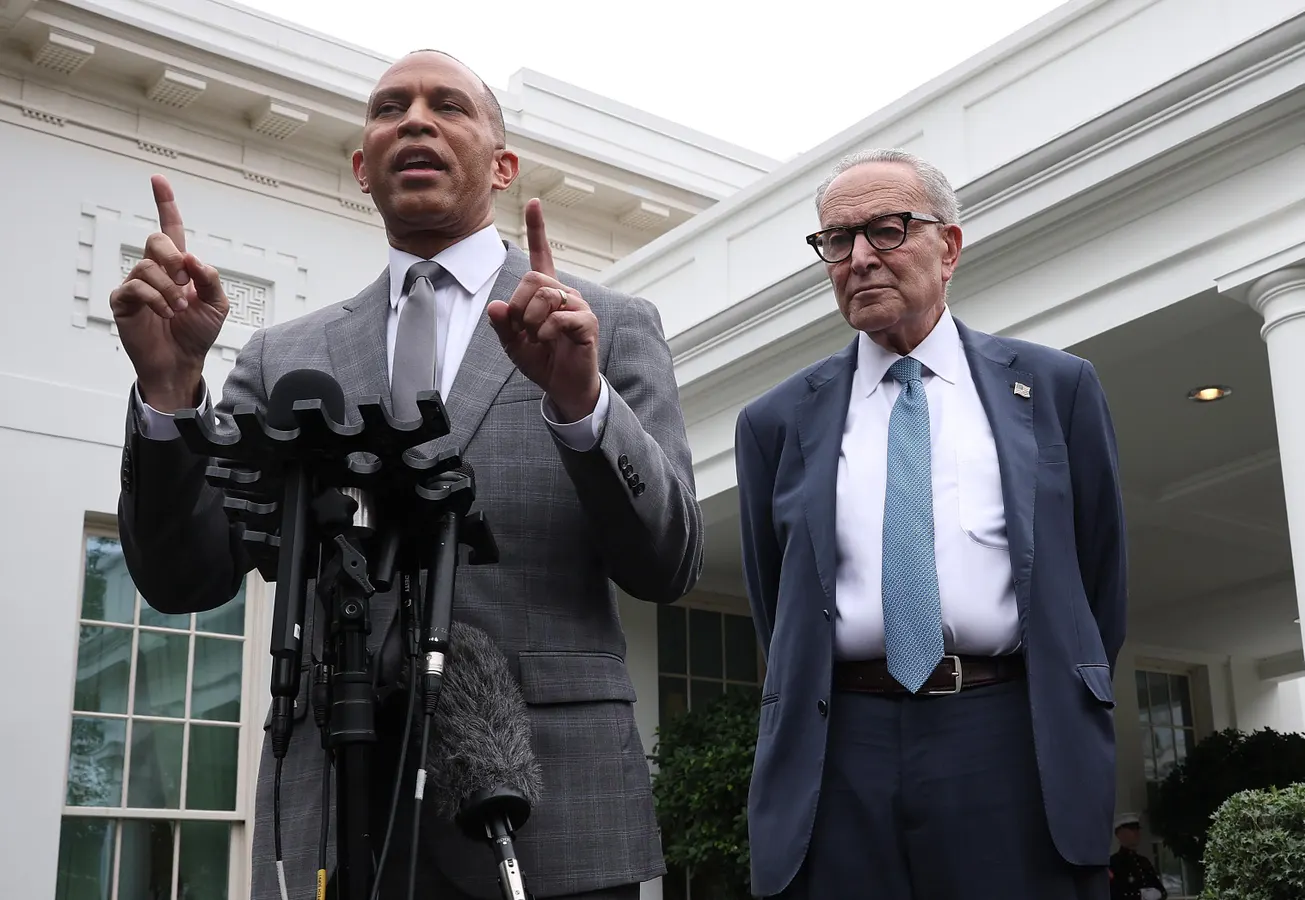By Omer Awan,Senior Contributor,Win McNamee
Copyright forbes

WASHINGTON, DC – SEPTEMBER 29: U.S. House Minority Leader Hakeem Jeffries (D-NY) (L) and Senate Minority Leader Charles Schumer (D-NY) deliver remarks following a meeting with U.S. President Donald Trump at the White House on September 29, 2025 in Washington, DC. The Democratic leaders met with President Trump to negotiate funding legislation to avoid a government shutdown. (Photo by Win McNamee/Getty Images)
Getty Images
The government shutdown on October 1st is not just about politics or economics, it could carry deep implications for healthcare across all of the United States. While core programs like Medicare and Medicaid will continue to run since their funding is built into law, many benefits to these programs, safety nets and oversight mechanisms are at risk of being disrupted, particularly the longer the shutdown drags on. Here is how the government shutdown could threaten public health across America.
Telehealth And Healthcare Access
The Medicare benefit of telehealth services has already expired for millions of Americans that rely on this service. Specifically, a pandemic-era rule allowed Medicare patients to see doctors from home through virtual platforms such as Zoom, as an example. This benefit expired with the government shutdown and will remain expired unless Congress includes funding for it in an upcoming bill.
Nearly 7 million Americans received care through telehealth last year alone, according to NBC News. In addition, many seniors rely on telehealth because they may not physically be able to go to the hospital or outpatient clinics to see their doctor. Patients who live in rural areas also face barriers to traveling to hospitals and clinics, and shutting down telehealth services for them could prevent them from receiving lifesaving care they need to treat chronic medical conditions. About 80 million Americans live in rural areas, according to U.S. Federal Housing. This means millions of Americans may not be able to fill drug prescriptions, get medical advice, or be treated urgently for critical medical conditions.
Unnecessary Delays In Healthcare
During the shutdown, the U.S. Department of Health and Human Services plans to furlough 41% of its workforce, with the Center for Medicare and Medicaid Services expected to retain 53% of their employees. This means there will be less staff to field calls and questions for Medicare beneficiaries. This translates to longer wait times when calling Medicare and potentially delayed treatment and care; all of which could be avoided without a government shutdown.
Rising Premiums For Some Health Plans
For the more than 20 million Americans enrolled in the Affordable Care Act marketplace, they will still be able to get healthcare coverage during the government shutdown. However, if Congress decides not to extend the ACA subsidies in the coming bill, out-of-pocket premiums could grow by as much as 114% for ACA beneficiaries, according to KFF. Nearly 4 million Americans could lose healthcare coverage entirely within the next decade if these subsidies are not extended.
MORE FOR YOU
Disease Surveillance
If the government shutdown looms for weeks, many functions of the CDC will be affected, since 64% of CDC staff could be furloughed. This shortage in the workforce would severely impede the agency’s ability to monitor diseases, issue public health guidance and coordinate responses to outbreaks. This would occur at a time when respiratory illnesses like COVID-19, RSV and the flu usually peak, leaving millions of Americans vulnerable without proper disease guidance.
The government shutdown threatens to degrade the public health infrastructure of the United States. Those most likely to suffer include our most vulnerable population- seniors, low-income and middle-income families as well as those that live in rural areas. It is vital for Congress to act swiftly to ensure Americans receive the best healthcare possible.
Editorial StandardsReprints & Permissions



